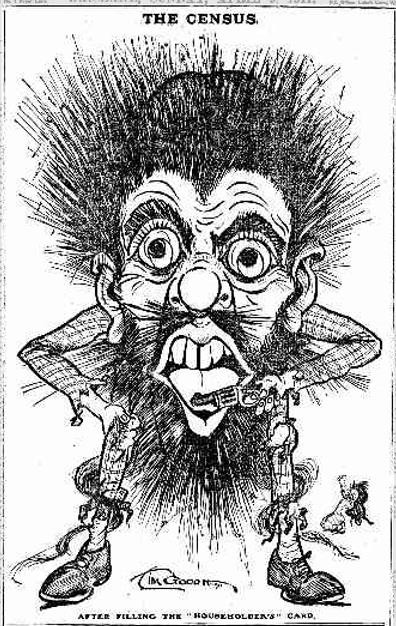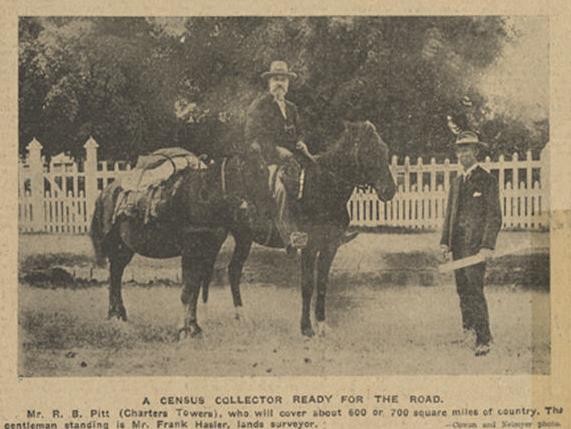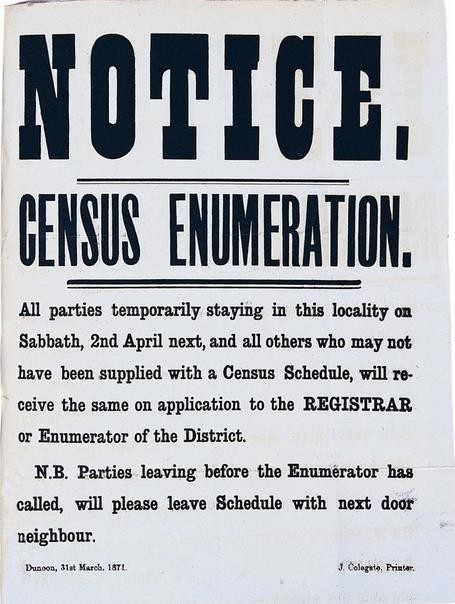
Our national census takes place on 9 August 2016, and is a major exercise in scope and importance. It is a highly detailed picture of our country that is taken every five years. The aim is to count absolutely everyone, so that planning for the future can be effective for every community group. Our detailed, individual profiles blend into a nationwide, but highly differentiated, document to inform requirements for health, education, transport, housing, immigration and so on. Many organisations use the information to provide services for the elderly, pre-schoolers, handicapped or different language groups. For instance, it has helped SBS fund multicultural services. It is important therefore that it is accurate. Census forms must still be completed in English, with interpreting services on call when needed. A fine applies for not completing it.
How will this year be different?
Most of us will fill out our census forms online. This will save millions of dollars, although the exercise will cost $272 million. However, it is still possible to get a printed form. ‘No religion’ will go to the top of the options list, and it is expected to be the most popular choice. We have been urged not to put ‘Jedi’ as our religion. Some years ago, a rumour that once this answer reached a certain number it would be officially recognised as a religion, saw the numbers grow. It has not done so, but it throws into question the validity of the individual’s answers. We no longer have to commit to a male/female identity either. It is now possible to record as ‘other’. Names and addresses will be recorded for the first time, but will be separated from the data collected and destroyed by 2020.
A significant logistical exercise
Over the years, the massive effort and organisation required to carry out a comprehensive and accurate census have been emphasised: from the individual and the census collector, to the ‘number crunchers’ in the Australian Bureau of Statistics.



Indigenous people
It was 1971 before the Aboriginal and Torres Strait Islander peoples were fully included in the census. The information collected now ranges from culture and language, to education, employment, housing, income, and law and justice issues, in order to identify their needs more effectively.
Early Moreton Bay censuses
It is interesting to check Moreton Bay censuses in the transition period 1841-1851 at the Historical census and colonial data archive. Moreton Bay moved from being a convict to a free settlement. Transportation ceased in 1840, although ‘exiles’ arrived in 1849-1850. Free settlement opened in 1842. Convict status was recorded until 1851, as well as the age and number of males and females, marital status and religion. Be aware that Brisbane in the census tables refers to the New South Wales area centred on Scone. Moreton Bay (County of Stanley), now Queensland, was part of the New South Wales census up to 1856. Once Moreton Bay was no longer a prison, the areas covered in the census increased to include such areas as Burnett, Darling Downs, Maranoa, Moreton and Wide Bay. Occupations and religions became increasingly differentiated. Place of birth, literacy and types of houses were also included. Although personal information is not linked to these statistics in the census documents, it is possible to identify people from other sources. It is also possible from the statistics to understand something of the social and economic context in which people lived.
Australian censuses differ from British censuses
In Australia, the personal information has been traditionally stripped from the census form, leaving only the detail of statistical significance. Ideally, we would be more honest, and the answers would be more useful as a result. It also means we cannot track our Australian families the way we can track our British ones. Over the last few censuses family history researchers have been keen to encourage everyone to allow their completed census forms to be available after 100 years.
British censuses
Researchers value the British censuses highly for the individual, personal and family detail they provide. Censuses were taken every 10 years, so over time it is possible to track an individual and his/her family, and work out when they might have married or immigrated. As a result, the British censuses are used heavily at State Library.
The 1841 census is the first fairly comprehensive British census. The census form requested the following: household address and names, ages, sexes, occupations and places of birth of each individual living at the address. The printed forms were delivered to a household and later collected by the enumerator, who recorded the information if there was no one able to write it down.
The information in the forms was then copied by the enumerator into the official census enumerators’ books. The original census forms were destroyed, so the census enumerators’ books are what is available. Inevitably, there are transcription errors. UK census online outlines the increasing detail requested as the censuses progressed.

When privacy was of less concern: National Records of Scotland
The most recent British census freely available is from 1911. The 1939 Register, available on Findmypast, is considered a census substitute, despite its differences from the standard census. See the guide Censuses and muster records for details.
Census substitutes: electoral rolls
Historical censuses are missing for much of Ireland, so Griffiths Valuation 1848-1864 and the Tithe Applotment Books 1814-1855 fill this gap to a limited extent, capturing heads of households only. As the Australian census lacks the individual detail required in tracing people, electoral rolls have been very important. See the guide Electoral rolls.
Find out more
Read Beth White’s A history of the Australian census of population and housing and Carole Riley’s guide to Australian censuses.
You can also Ask us
Stephanie Ryan, Senior LibrarianInformation Services
Comments
Your email address will not be published.
We welcome relevant, respectful comments.